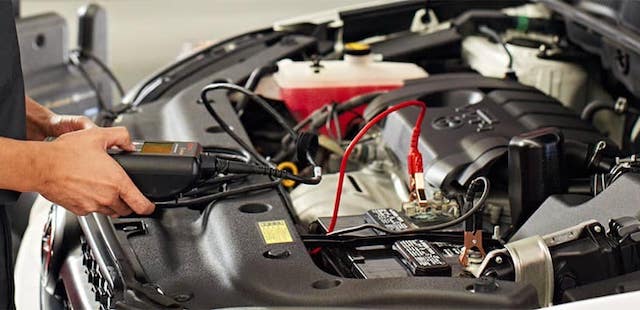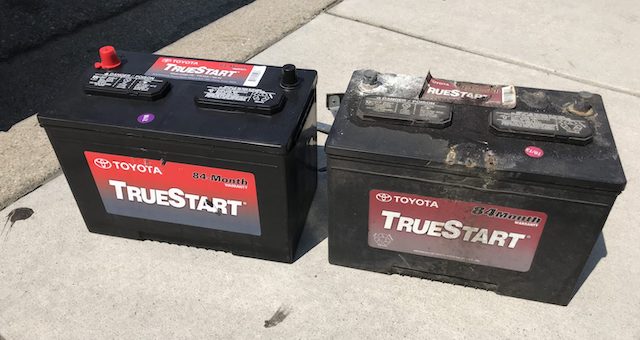Tackling the electrical system in your Toyota can feel overwhelming for many owners. A great starting point for understanding your vehicle’s electrical setup is to familiarize yourself with the battery. To help you out, we’ve put together this guide focused on the primary starter battery in your Toyota.
Understanding Your Car Battery and Its Functionality

Your car’s battery serves as the heart of its electrical system, storing energy that powers your vehicle. When you turn the ignition key, the battery supplies the necessary electrical charge to the engine, triggering the spark plugs to ignite the fuel-air mixture in the cylinders. This process is essential for your Toyota to start and run smoothly. Without a fully functional battery, your car might struggle to start, or worse, fail to operate altogether.
For detailed insights into battery costs and options, check out our additional resources.
Spotting Your Car Battery
Physically, a car battery resembles a rectangular box roughly the size of a shoebox. It’s usually quite heavy and housed in a durable plastic casing. The battery is easy to locate due to the two metallic terminals located on top—or sometimes the side—of the unit. These terminals are marked clearly as positive and negative, ensuring proper connection during installation. Additionally, the battery label often includes the manufacturing date, which can help you gauge its age and remaining lifespan. Most batteries are designed to last anywhere from three to five years, depending on usage patterns.
The Role of a Car Battery
In essence, the battery functions as an energy reservoir for your vehicle. This stored electricity fuels critical components such as the engine, air conditioning system, lights, and entertainment systems. When you initiate the startup process by turning the key, the battery sends an electric current to the engine, enabling the spark plugs to ignite the fuel. Once the engine kicks into gear, the alternator takes over, generating electricity to recharge the battery while powering the vehicle simultaneously. This cycle ensures continuous operation without relying solely on the battery’s stored charge.
How Long Should a Car Battery Last?

Image Credit: TheTrackAhead
Modern car batteries typically endure between three and five years under normal operating conditions. However, certain factors like extreme temperatures, frequent short trips, or improper maintenance can accelerate wear and tear, causing premature failure. If your battery shows signs of weakness—such as sluggish startups, flickering dashboard lights, malfunctioning headlights, or unresponsive interior illumination—it’s crucial to address the issue promptly. Ignoring these symptoms could lead to complete battery failure, leaving you stranded.
To prolong the life of your battery, schedule routine inspections and ensure consistent driving habits that allow the alternator sufficient time to recharge the battery effectively. Regular upkeep goes a long way toward preventing unexpected breakdowns.
While batteries play a vital role in keeping your Toyota running smoothly, they aren’t infallible. By staying informed about their performance and implementing proactive care measures, you can significantly reduce the likelihood of encountering major issues down the road. Remember, investing time and effort into maintaining your vehicle’s electrical system translates into peace of mind and reliability every time you hit the road.
Lip Gloss Tube,lip gloss bottle ,lip gloss pen
Lip Gloss Tubes,Lipgloss Tubes,Empty Lip Gloss Tubes,Empty Lip Gloss Containers
NINGBO CRETE PLASTIC CO.,LTD , https://www.crete-sprayer.com